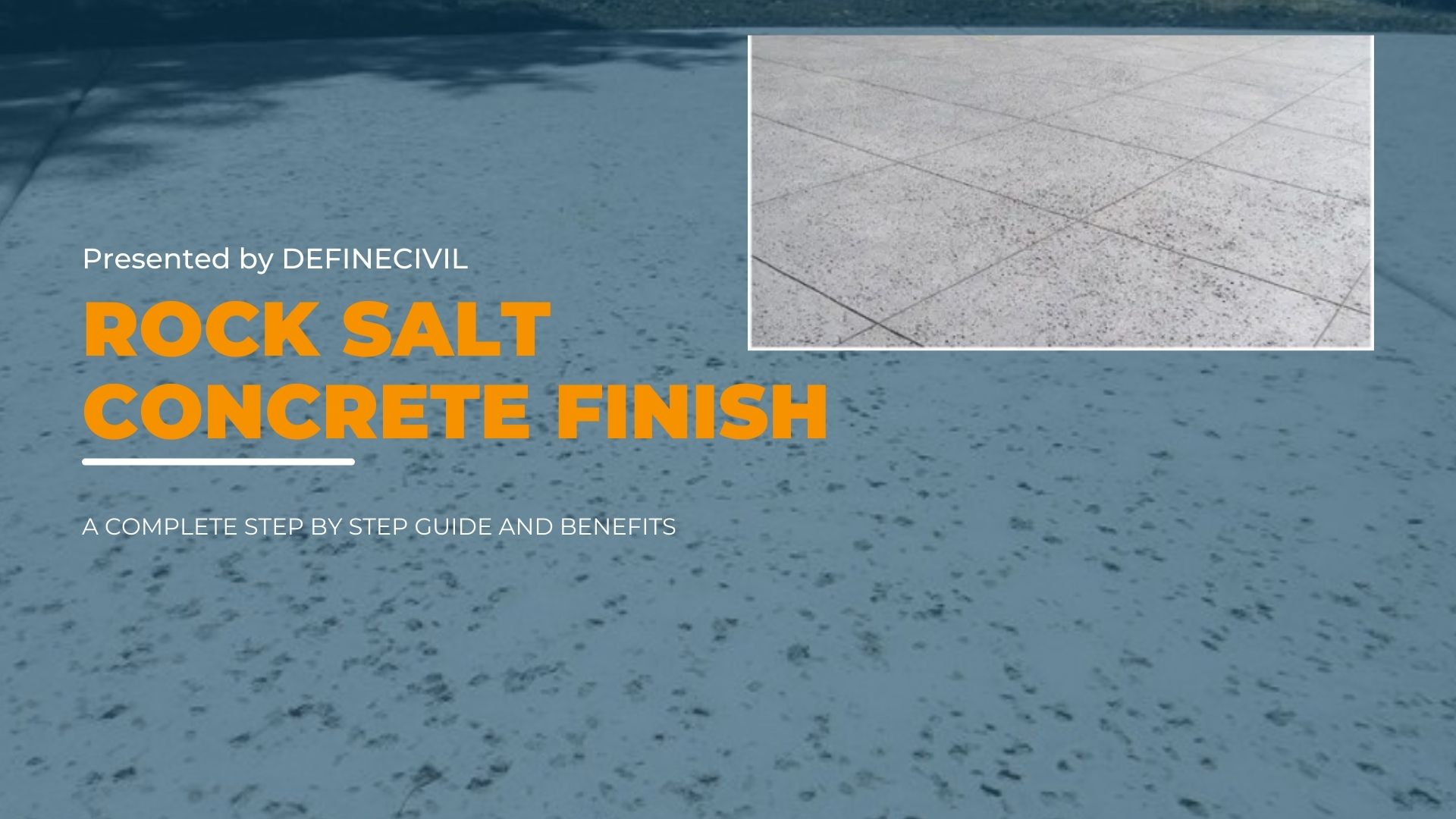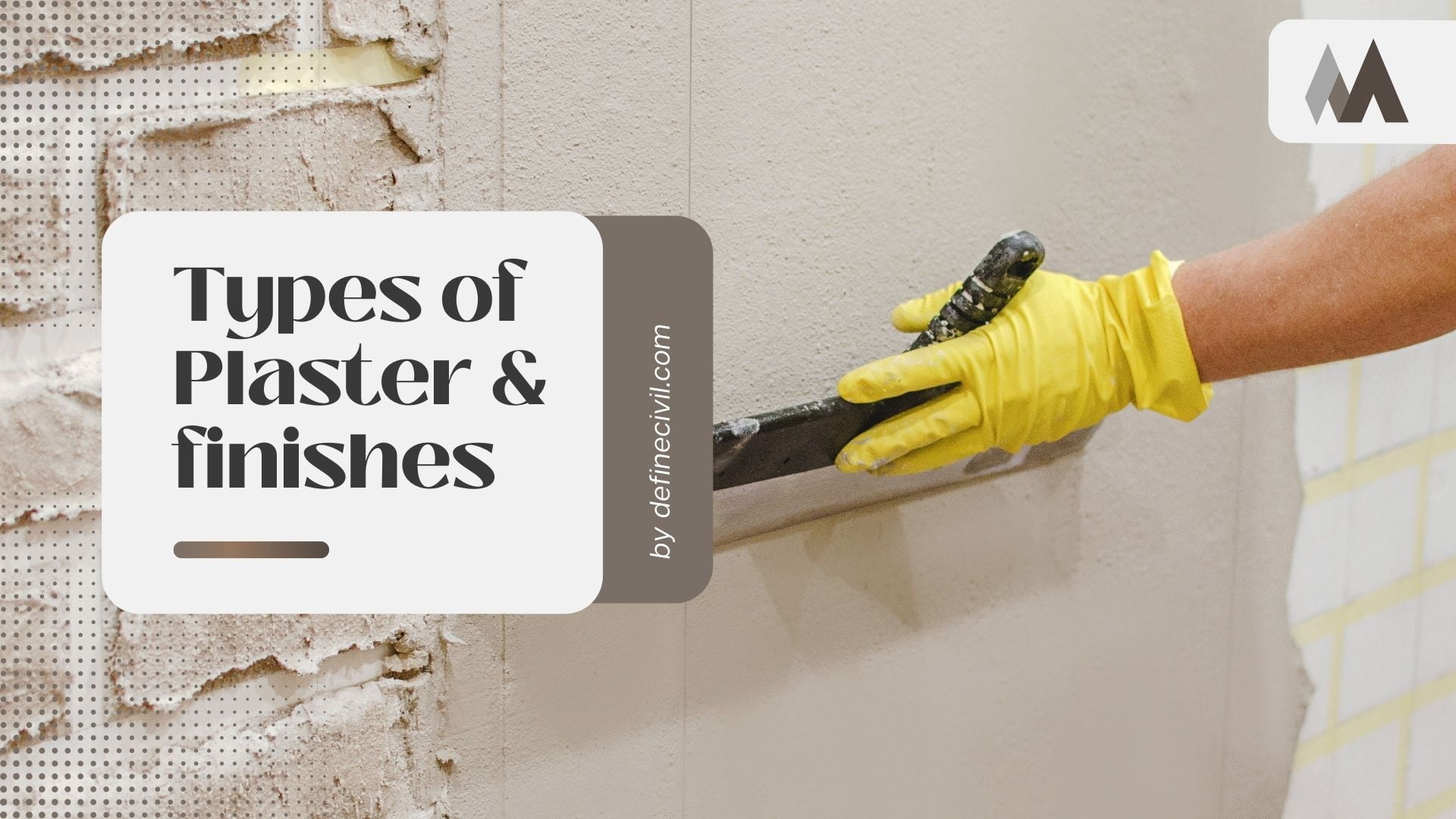What is shoring? – Types – Cost – Raking, Dead and Vertical type shoring
A temporary framework to support a potentially dangerous structure or structure under repair is known as shoring. The word shoring means a timber or metal prop or pole renovators use to support or keep something in position. Different types of shoring system offer lateral support to the walls. When walls bulge or split due to … Read more










